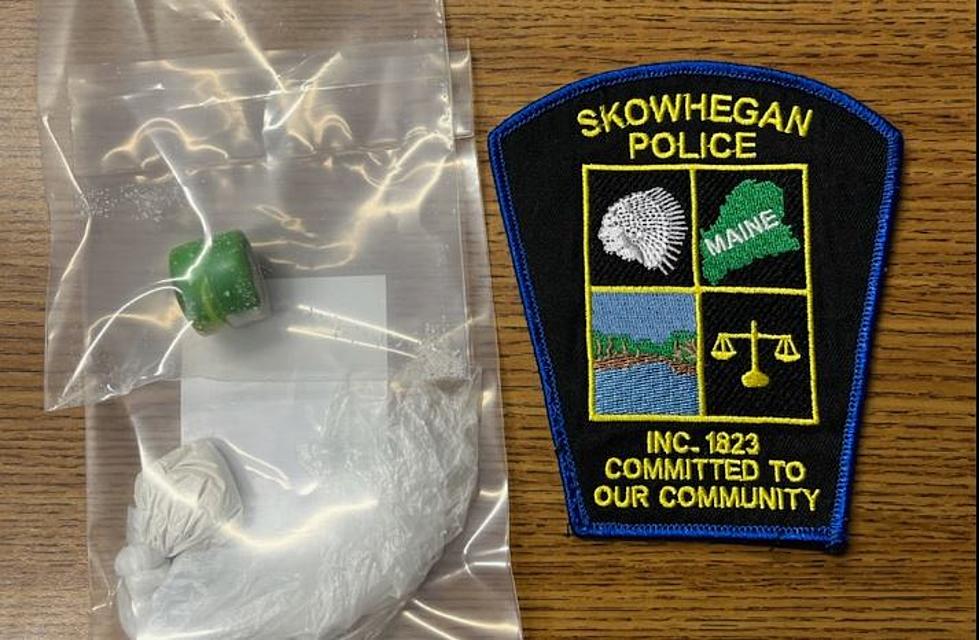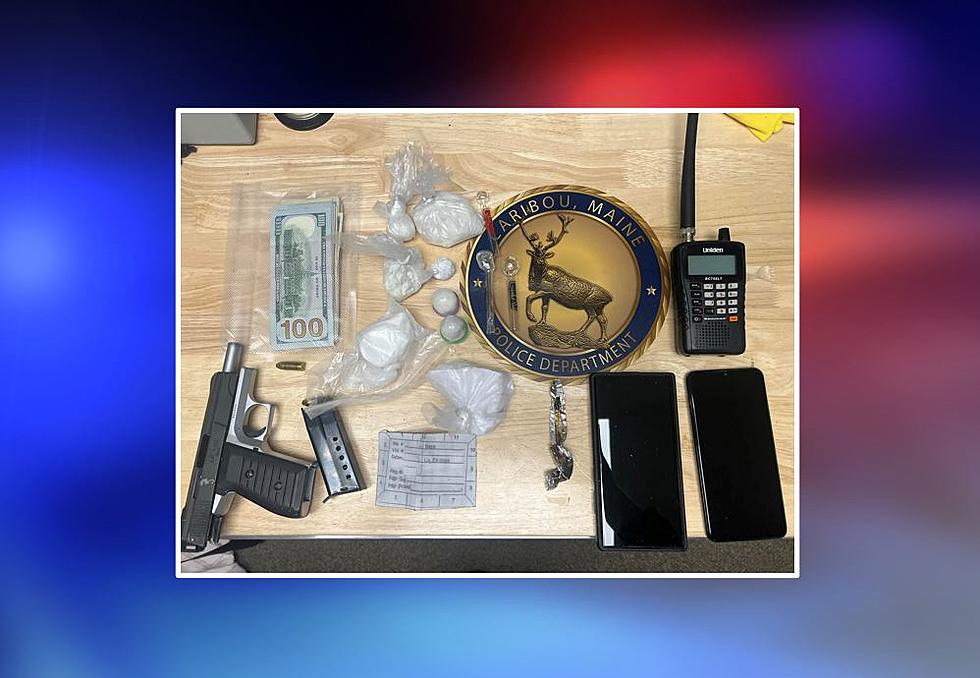
New Report Finds Nearly Half of New Brunswick Teens Drink Alcohol
Drug and alcohol abuse among students in New Brunswick may be down from recent years, but a new survey suggests that almost half of the kids between seventh and twelfth grade are consuming alcoholic beverages.
According to the latest New Brunswick Student Drug Use Survey Report, nearly 50 percent of all students across the province are reportedly boozing it up on the regular, while 22 percent of them admit to smoking cigarettes. Researchers say that while these numbers are down significantly since 2002, there is still a clear indication of a problem with substance abuse among young people.
In addition to drugs and alcohol, the survey discovered that almost 30 percent of students reported using marijuana, 11 percent admitted to using prescription drugs, like oxycontin and codeine and a whopping 57 percent reported the use of energy drinks.
This survey of about 3,500 students was conducted by the Department of Education and Early Childhood Development and was used to gather specific information about the students’ behaviors over the course of the last year.
"This survey is part of a co-ordinated Atlantic Canadian initiative that has been ongoing since 1996 to gather information regarding issues of alcohol, tobacco and other substance use and gambling, help-seeking and risky behaviors among middle and high school students," said Health Minister Hugh Flemming. "This information helps us to understand the true scope of the behaviors of students in New Brunswick so we can respond appropriately."
The good news is, even though these numbers will shock most parents, they actually haven't fluctuated much since the last survey in 2007. However, health officials say that continuing education regarding this matter is crucial.
"It is important to be vigilant in continuing to educate young people about the serious consequences of engaging in substance use," said Flemming. "It is crucial that parents, teachers, schools, health professionals, communities and government agencies be aware of current trends in order to continue to support and educate students in making healthy decisions."
More From









